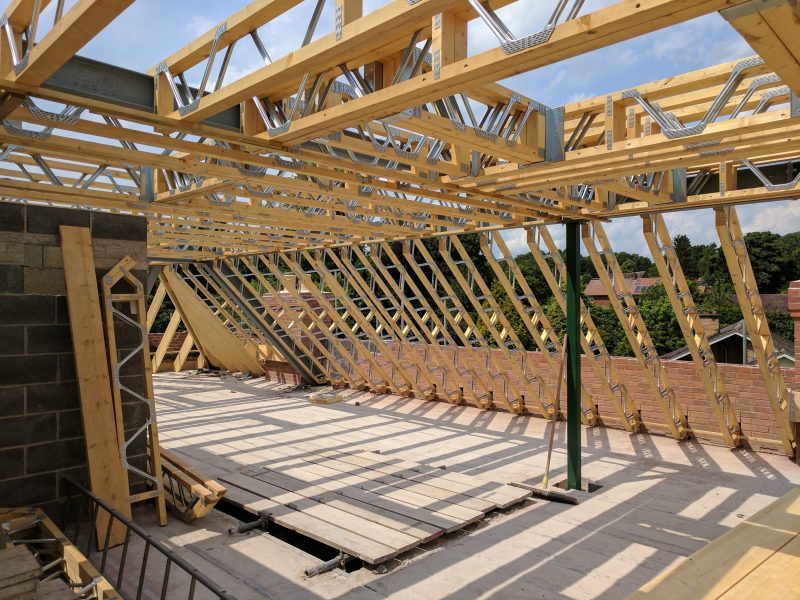In recent years, the term “embodied carbon” has been gaining more attention in the construction industry as designers, builders, and environmental enthusiasts seek out sustainable solutions for reducing carbon emissions. So, what exactly is it, and how can it be applied in construction to create more eco-friendly buildings? In this blog post, we will explore the concept of what it actually is, its benefits, and how it is used in the construction of roof trusses and spandrel panels.
What is Embodied Carbon?
Embodied carbon refers to the total greenhouse gas emissions generated throughout the lifecycle of a product or material. This includes emissions from extracting raw materials, manufacturing, transportation, construction, maintenance, and disposal. By measuring the embodied carbon of a building component or structure, we can assess its environmental impact and work towards reducing carbon emissions in the built environment.
Benefits of Considering Embodied Carbon in Construction
- Environmental Sustainability: By reducing your carbon emissions, we can mitigate the negative effects of climate change and contribute to a more sustainable future for generations to come.
- Resource Efficiency: Understanding emissions allows us to make informed decisions about material selection and construction methods, leading to more resource-efficient buildings.
- Cost Savings: Building with low embodied carbon materials can also result in long-term cost savings, as energy-efficient structures often translate to lower operational costs over the building’s lifespan.
- Regulatory Compliance: As governments worldwide implement stricter regulations on carbon emissions, considering embodied carbon in construction can help builders comply with these requirements.
Application in Roof Trusses
Roof trusses play a crucial role in supporting the roof structure of a building and distributing its weight evenly. When it comes to reducing embodied carbon in roof trusses, several strategies can be employed:
- Material Selection: Opt for sustainable materials such as timber, which has a lower embodied carbon footprint compared to steel or concrete.
- Prefabrication: Constructing roof trusses off-site through prefabrication can help reduce waste, energy consumption, and emissions associated with on-site construction.
- Efficient Design: Design roof trusses with efficiency in mind to minimize material use and maximize structural performance while reducing embodied carbon.
Utilisation in Spandrel Panels
Spandrel panels are vertical elements that conceal the ends of floor slabs, providing a polished look to the building’s facade. Implementing strategies to reduce carbon emissions created by spandrel panels requires careful consideration of materials and construction techniques:
- Material Alternatives: Choose materials with lower embodied carbon content, such as recycled glass, natural fibers, or lightweight concrete, for constructing spandrel panels.
- Energy-Efficient Production: Opt for manufacturing processes that prioritize energy efficiency and emissions reduction to lower the overall embodied carbon of spandrel panels.
- Longevity and Durability: Design spandrel panels for durability and longevity to reduce the need for frequent replacements, thus decreasing the amount of carbon associated with maintenance and disposal.
Understanding and addressing carbon in construction is essential for creating sustainable buildings that minimise their environmental impact. By considering emissions in the design and construction of roof trusses and spandrel panels, builders can contribute to a greener future while reaping the benefits of cost savings and regulatory compliance. As the construction industry continues to evolve towards more sustainable practices, prioritising sustainability will play a crucial role in shaping a better, more eco-friendly built environment.
Embodied carbon is not just a buzzword; it is a pivotal factor in achieving sustainable construction practices. By incorporating these principles into the design and construction of roof trusses and spandrel panels, we can pave the way for a greener, more environmentally conscious future. If you’d like to chat to one of our friendly team about how we can support you with your sustainable build, visit https://www.nuneatonrooftruss.co.uk/contact-us

